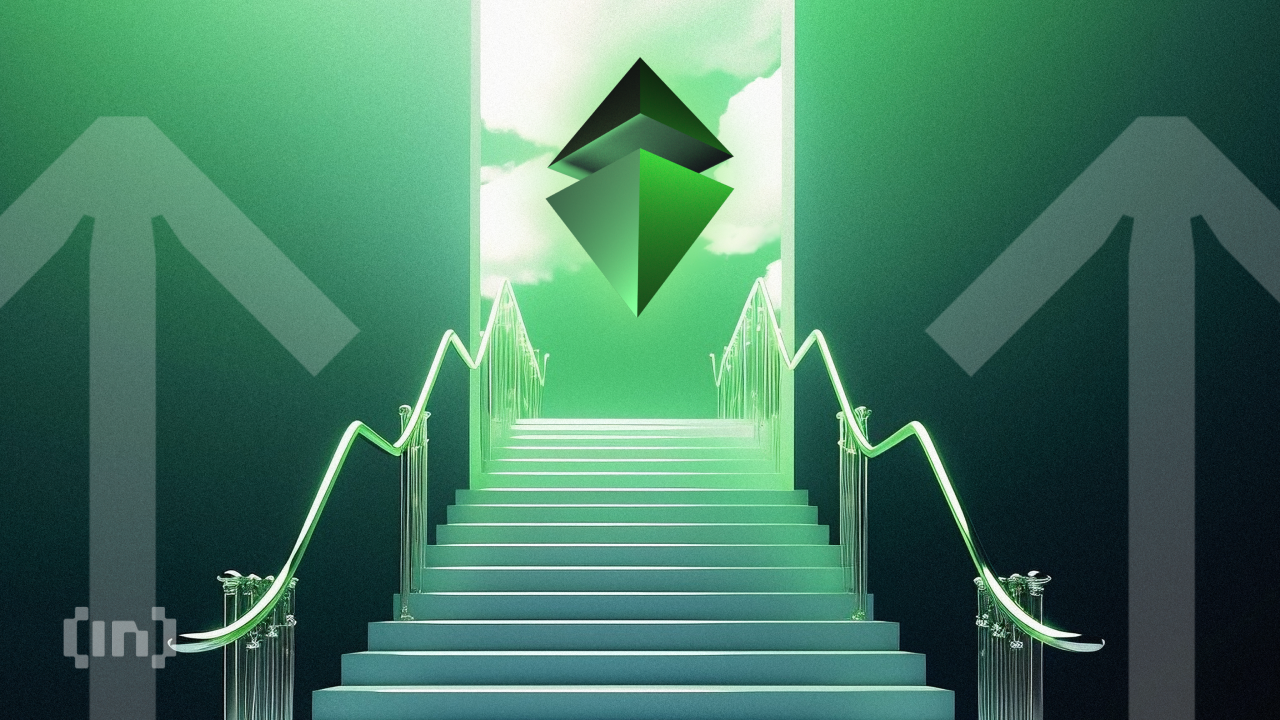EigenLayer operators are losing money — here’s why they’re signing up anyway
When EigenLayer, the second-largest DeFi protocol on the Ethereum blockchain, launched in earnest April 9, a key feature was missing: payments to so-called operators, third-party companies and hobbyists who help investors restake their Ether.
Those payments would come “later this year,” Eigen Labs, EigenLayer’s parent company, said at the time. Until then, operators are losing money — but they are rushing in anyway.
More than 800 operators have signed up as of Friday. Almost 300 have managed to attract crypto from investors.
They are making a simple, low-stakes wager, according to operators who spoke to DL News: that the wait will be worth it when revenue starts coming in.
“Revenue generation is all going to be dependent on the fee mechanisms,” DuckDuckSheep, the pseudonymous co-founder of operator EigenYields, told DL News. “I’m fairly confident that the fees will outstrip our costs.”
And some are betting the company hasn’t been forthright about its plans for an airdrop.
EigenLayer’s meteoric rise has been fueled by the widespread assumption that Eigen Labs will “airdrop” a token among people who have been using the protocol during its phased rollout.
“There will be an airdrop, I think a bunch of [operators] will get their coins, they will liquidate their coins instantly, and then they will leave,” Tim Clancy, a longtime Ethereum staker, told DL News. Clancy is now running an EigenLayer operator funded largely by fans of the Milady NFT collection.
“There’ll be a longer tail of people who just stick around to see how profitable actually running an operator is,” he added. “Like, who the hell knows, right?”
‘Paradigm shift’
Last year, EigenLayer became the first protocol to introduce restaking, a novel concept in which the capital and hardware used to run Ethereum is shared with protocols that would otherwise need custom blockchains.
In short, restaking promises to make it cheaper and easier to launch new protocols.
In return, those protocols will pay the providers of capital and of hardware — “restakers” and “operators” in EigenLayer parlance.
The protocol “marks a real paradigm shift for Ethereum,” DuckDuckSheep said.
Investors seem to agree. Crypto worth more than $12 billion has been ploughed into EigenLayer since it began accepting deposits in June 2023. Venture capital firm Andreesen Horowitz has invested $100 million in Eigen Labs.
During the first phase of its rollout, EigenLayer was non-functional, accepting deposits in exchange for “points” — a sign to many that it would eventually launch a token.
(Company representatives have repeatedly said that “there is no EigenLayer token” when asked about an airdrop on social media platform Discord. But operators who spoke to DL News said they believe the company is simply trying to avoid scrutiny from crypto-hostile regulators in the US.)
On April 9, EigenLayer launched, with restakers able to loan their crypto to operators. Operators, in turn, selected EigenLayer-based protocols to support.
But Eigen Labs said it will delay functionality for payments and for “slashing,” the destruction of Ether from operators who underperform or misbehave.
“We are allowing the EigenLayer marketplace to develop and stabilise before introducing in-protocol payments and slashing to mainnet later this year,” the company said.
Furthermore, payment and slashing details are set by the protocols that use EigenLayer rather than by EigenLayer itself. As of Monday, those details were largely nonexistent, according to operators who spoke to DL News.
A ‘zero-risk environment’?
That means operators are choosing to support protocols with little idea of the risk or reward they will present when payments and slashing are enabled.
“It’s all speculation right now,” Clancy said. Speculation that operators “are happily wading into. Because there’s very little additional cost to run the AVSs if you’re already running Ethereum validators.”
AVS stands for “actively validated service.” They are protocols that run on top of EigenLayer.
Smaller operators are supporting as many protocols as they can, according to NeonThunderX, a pseudonymous partner at venture capital firm Unity Capital, which is also running an operator.
“Smaller operators need to register for most [protocols] in order to appease more delegates, as that maximises the potential rewards,” they told DL News.
“Otherwise, why won’t someone delegate to a bigger trusted operator? Why choose small ones if [there are] no advantages?”
That could prove risky once slashing comes online, however.
“We’re using this time where slashing isn’t live to evaluate the performance of AVSs — it is a zero-risk environment at the moment, and before that changes, we’ll be in a position to opt out of ones we believe carry a higher risk of slashing than others,” DuckDuckSheep said.
“For the moment it seems optimal to try as many as possible.”
Not everyone agrees that becoming an operator is a low-risk play. Withdrawing crypto from EigenLayer can incur hefty transaction fees, according to Ethereum developer Lefteris Karapetsas. That could prove problematic for solo stakers who want to serve as EigenLayer operators, Karapetsas said on X.
Pintail, a pseudonymous solo staker, agreed.
“In theory, small native restakers could be operators. In practice, this isn’t really possible,” they told DL News.
Airdrops
As they wait for payments to come online, operators are jostling for market share. While the list of operators includes large companies that primarily serve institutional clients, others, run by anonymous developers, are trying to appeal to crypto’s meme-loving retail investors.
Clancy’s operator, dubbed Milady Operator, largely serves a group of people he knows through his ties to Milady, an NFT collection known in part for its controversial founder.
One operator, “Memecoins outmatch DA,” has attracted crypto worth $1.7 million. Its description reads, unhelpfully, “Memecoins be like the real deal, but it’s all about that Eigenlayer, man. Just delegate and get nada in return.”
EigenYields has been the most successful by far, however, hewing to a tried-and-true method of attracting deposits: promising an airdrop of its own.
As of Tuesday, EigenYields had attracted crypto worth more than $372 million.
In an interview with DL News, DuckDuckGo said he looked at other operators when he first decided to become one himself.
“They’re all so boring and so faceless,” he said. “The crypto community doesn’t always vibe with that. So I thought we would kind of try something a little different.”
It was also tongue-in-cheek. Most of the crypto deposited in EigenLayer has come through liquid restaking protocols, which are also running points programmes. Why not add a third program to the mix, he thought?
“It’s points on points on points,” he said. “It was getting a little bit silly, but then I thought, ‘Hey, if you can’t beat them, join them.’”
Aleks Gilbert is a DeFi correspondent based in New York. Have a tip? Email him at [email protected].






